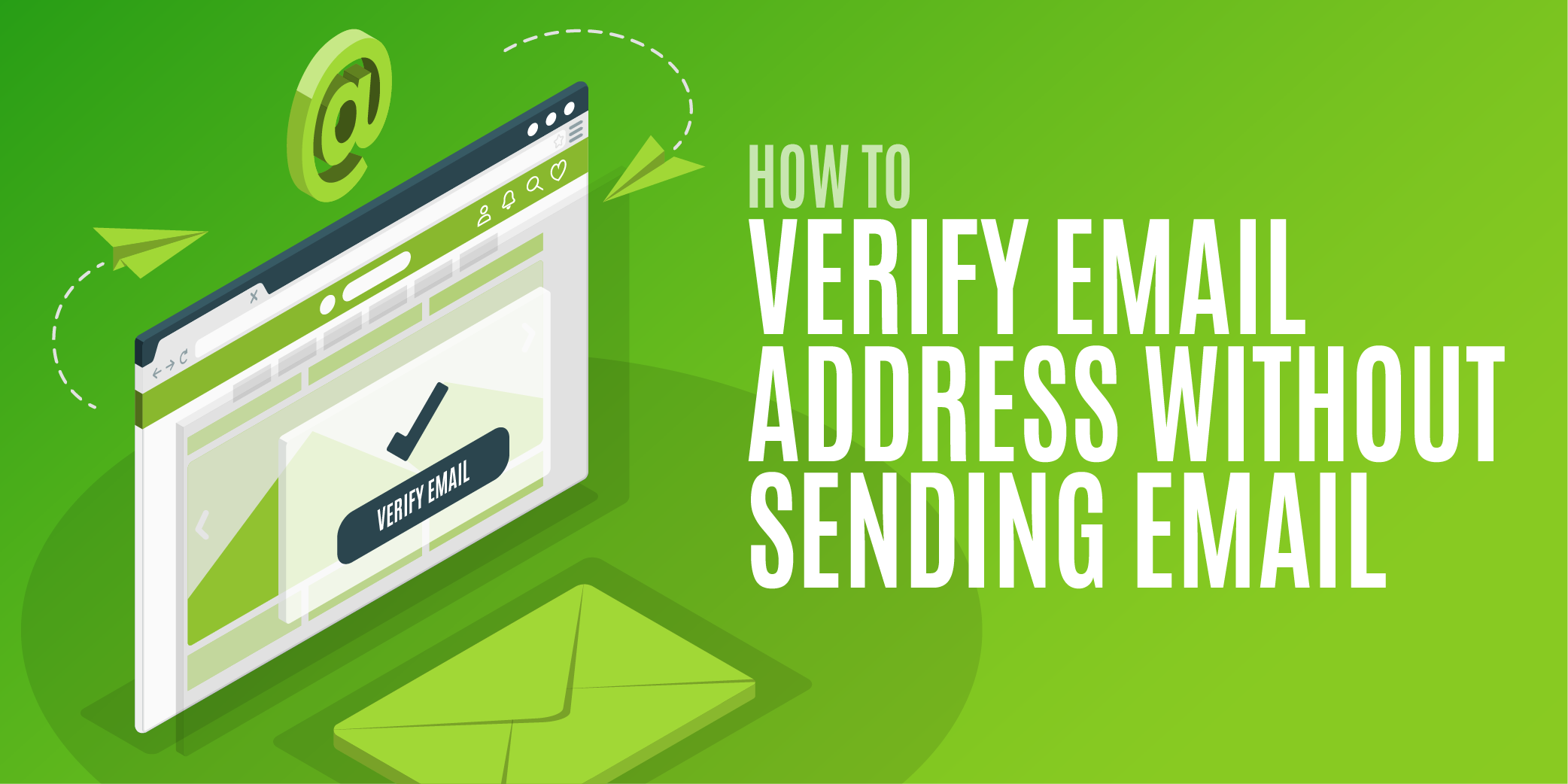
Bounced email messages are one of the biggest problems that email marketers face. In fact, a high bounce rate can lead to your email being labelled as spam. So what is a bounced email? And why do they happen?
Read on to find out everything you need to know about email bounces, including the difference between a soft bounce and a hard bounce, and how you can reduce the risk of having a high bounce rate.
What is a bounced email?
A bounced email is an email that has been returned to the sender because it cannot be delivered. Bounce rate is calculated by taking the number of bounced emails, dividing it by the total number of emails sent, then multiplying that by 100. For example, if you send 1000 emails and 15 of them bounce, you'll have a bounce rate of 1.5%.
There are two types of email bounces - soft and hard. Hard bounces occur when an email is returned because the email address is invalid (e.g., it doesn't exist) or the domain name is incorrect.
On the other hand, a soft bounce usually occurs when there's a temporary issue with the recipient's email server, such as an overcrowded mailbox or a problem with the server itself.
It’s important to note that, in the case of a soft bounce, there is a possibility that your email will be deliverable to the inbox at a future time. With that in mind, you may want to hold off from immediately deleting soft bounce email addresses from your database.
In addition, many platforms will automatically remove hard bounce email addresses from your system, but keep the soft bounces around for a while.
Read more about the different types of email bounce
What causes emails to bounce?
Bounce rates are typically related to the quality of your subscriber lists; a high bounce rate can be indicative of problems with how your lists are being managed.
There are a number of factors that can help you determine why an email has bounced. These include:
- Mailbox full - The email box of the person you're emailing is full and can't accept any more messages.
- Undeliverable email - Emails may bounce if the server is temporarily unavailable. Several bounces may mean that the server is no longer functioning.
- Invalid email address - If an address entered during sign-up includes typos or emissions, the email will bounce because the address doesn’t exist.
- Auto-responder replies - When you email someone who has an auto-responder set up (such as an out of office response), your email may bounce.
- Low sender reputation - If your sender reputation is ranked low, many of your sent messages won't reach the intended inbox.
- Incorrect file attachments - Email hosting providers often have restrictions on file attachments. This means that using the wrong file types and attaching large files can stop emails from being received on the other end.
- Incomplete DNS verification - If your DNS records aren't set up correctly, email delivery can be delayed or fail altogether.
- Blocklisted IP range - If your IP address is on a blocklist (a list of IP addresses that are known to send spam), email providers may automatically mark your messages as spam.
Find out more about the reasons emails bounce, and what you can do about it.
How to improve your sender reputation to reduce bounce rate
Many companies track and monitor sending behaviour. Others have a running blacklist of domains with low sender reputations. An email service provider will consider both factors to determine whether or not an email is safe to receive.
As low sender reputation is a key cause of high bounce rates, it’s important to keep an eye on your sender reputation score and make sure you’re not at risk of being penalised.
You can improve your sender reputation by looking at the results of your most recent email campaign and excluding any soft bounces or unresponsive contacts next time.
As your sender reputation is strengthened over time, it is important to keep a close eye on your metrics, address any concerns carefully and efficiently, and implement some best practices for future campaigns.
Find out more about how to improve your sender reputation
What is a good email bounce rate?
A good email bounce rate is typically below five percent. Generally, it’s a good idea to keep your overall bounce rate under 2% if possible.
The main reason for this is that many internet service providers (ISPs) won’t deliver messages from senders with a low sender reputation. If you continue to send out high volumes of undeliverable emails, this will look spammy to ISPs, and this will damage your sender reputation.
To avoid a high bounce rate, regularly review your email campaign report and check the bounce details. Most email marketing platforms (such as Malichimp and HubSpot) provide bounce receipts, and these details can help you find email addresses that have repeatedly bounced. This gives you a list that you can manually remove from the system.
How do I reduce my email bounce rate?

The best way to reduce your email bounce rate is to keep your email list clean.
Top tips for cleaning your email address include:
Regularly maintain your subscriber list
It’s unlikely that a person would keep the same email address forever; people change jobs, retire, change their name, switch email providers or simply let their domains expire after a time.
At some point, most email addresses will cease working and return bounces. Old email addresses that have been inactive for more than 18 months can also become recycled as spam traps.
If you haven’t sent an email to your list in more than six months, it is often a good idea to set up a reconfirmation process for subscribers. This is also a good idea for subscribers who have not engaged with your marketing emails for a while.
It’s also important to make sure you always delete invalid email addresses and manage any unsubscribed contacts.
Some email verification services will automatically remove invalid addresses from your lists, but new subscribers might make a mistake when entering their email address, or deliberately enter a false email address.
You can check manually for improperly formatted email addresses, typos or invalid domains, but a quicker solution is to use a confirmed opt-in function at the point of capture.
Use double opt-in
Although it creates another step in the sign-up process, double opt-in gives you a more engaged list. Enabling this to validate email addresses and preferences, you can ensure that the people signing up to your list are sincere and have a genuine interest in your products and services.
Avoid sending from free webmail addresses
Mailbox providers usually use the ‘from’ address to determine whether or not an email is spam, so you will have a better chance of reaching your audience’s inbox if you don’t use a free webmail account. It is best practice to use a company email account with the company name in the address.
Use an email verification service
One of the most effective ways to clean your email list is to use a trusted email verification service. Email verification services help to clean email lists by identifying invalid, disposable, or non-existent email addresses and removing them from your list. This means you can be confident that your emails are being sent to real people who are genuinely interested in hearing from you, thus reducing your bounce rate.
Find out more about email verification here.
Reduce your bounce rates with Email Hippo
Checking your email lists is one of the best ways to combat high bounce rates. Our email verification service can show you the email addresses that will bounce, so you can exclude them from your email campaign lists.
It will also show you the email addresses that might bounce, so you can decide on the best approach to take with them.
Try out our quick, easy and accurate verification service now with a free trial!

.png)






